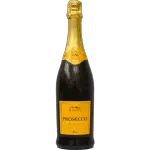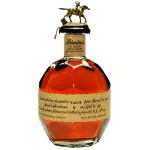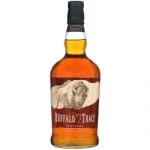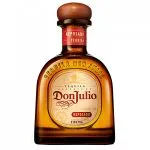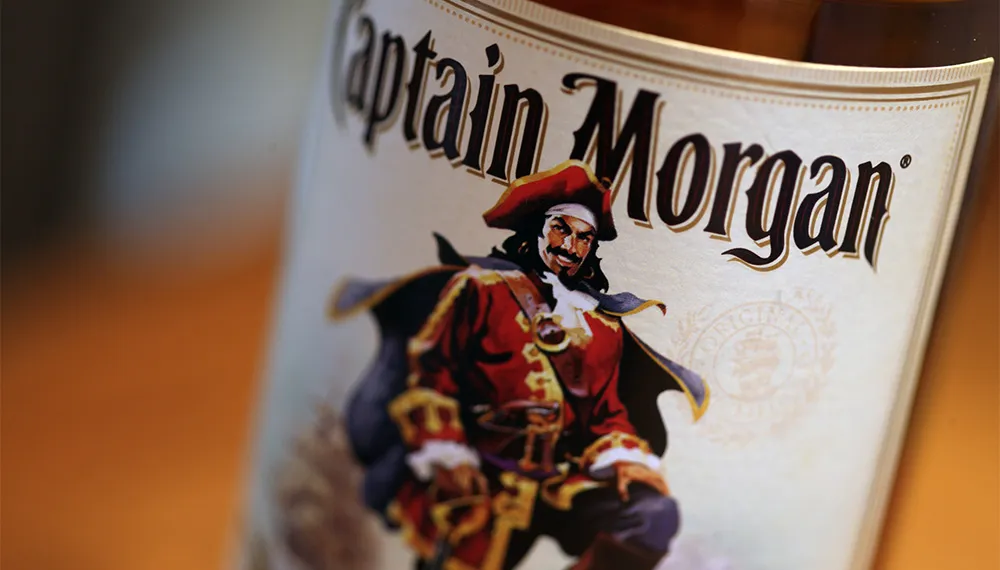The spirited history of tequila is an intoxicating blend of indigenous tradition, Colonial influence, and modern innovation. Offering much more than the characteristic burn on the way down, this Mexican spirit traces its roots back to the indigenous peoples of Mexico who utilized the native agave plant in crafting the precursor for this iconic beverage. Broadening perspective from there, the story expands through the colonial and post-colal era, charting tequila’s journey through transformation and expansion under Spanish rule, and its introduction to international markets. With historical depth counting centuries, to its entrenched position in the modern global spirits industry, the narrative of tequila is as unique and flavorful as the drink itself.
Origins of Tequila
The Origins of Tequila
The origins of tequila can be traced back to the Mexican region long before the arrival of the Spaniards. The indigenous peoples of this region, including the Aztecs, had been utilizing the local resources for the production of fermented beverages. They discovered that the sweet sap of the agave plant, known as “aguamiel,” could be extracted and fermented to produce a potent drink, which they named “pulque”.
Transformation from Pulque to Tequila
Pulque, however, was quite different from the tequila we know today. The Aztecs believed agave to be a divine gift from the heavens, considering it a representation of the goddess Mayahuel. It was used not only for producing pulque but was also incorporated in their rituals and medicinal use. However, the transformation of pulque into tequila was not realized until much later when distillation techniques were introduced.
Production of Pulque
The production of pulque involved harvesting the matured agave plants, extracting the sap by carving out their cores, and leaving the plant to fill naturally with the aguamiel. The sap was then collected and fermented over several days, resulting in pulque. This traditional method of production was a laborious task and required extensive knowledge of the growth cycles of the agave plant.
Introduction of Distillation Techniques
With the arrival of the Spanish in the 16th century, distillation techniques were introduced to Mexico. These techniques were a significant turning point in the production of tequila. The sap from the agave was now not only fermented but also distilled, producing a much stronger drink which we identify as tequila today. The practice of distilling tequila was initially clandestine, as the Spanish Crown sought to have control over alcohol production. However, by the 17th century, the Crown conceded to the growing demand for tequila and sanctioned its production.
Evolution of Tequila Production
The first official tequila distillery, Casa de Pedro Sánchez de Tagle in the state of Jalisco, was established in the late 18th century. By this time, the process of tequila production had evolved considerably. The blue agave was identified as the optimal species for producing high-quality tequila, and specific techniques were employed to harvest, cook, and ferment the agave. These traditions form the basis of modern tequila production, which continues to be concentrated in the regions of Jalisco, Nayarit, Michoacán, Guanajuato, and Tamaulipas, where the ideal conditions for the growth of blue agave exist.
Tequila: A Symbol of Mexican Culture
Steeped in Mexicano tradition and cultural significance, tequila has carved its identity as a national emblem for Mexico. Its historical narrative began to take shape in the 20th century when it was announced as an Appellation of Origin. This declaration not only protected its production integrity but also its cultural authenticity. As a result, tequila evolved beyond simply being a popular spirit. Instead, it stood defiant as the epitome of Mexico’s culturally-rich history and heritage.

Tequila during the Colonial and Post-Colonial Era
Colonial Era and the Emergence of Tequila
The birth of tequila coincided with the Spanish conquistadors reaching the shores of Mexico in the early 16th century. The Spaniards, equipped with distillation techniques, adapted the indigenous process of agave fermentation to create a new beverage. This novel concoction, initially called “mezcal wine”, would later be universally recognized as tequila. Traditionally, the agave plant was roasted in ground pits, which is a method still employed in the creation of some elite mezcals today.
In the mid-17th century, the Spanish crown entrusted Don Pedro Sánchez de Tagle, the Marquis of Altamira, with the commercial production of tequila. The Marquis initiated large-scale production by adopting plantation-style cultivation of blue agave, marking a significant departure from the conventional practice of using wild agave.
The methodology proceeded to change as tequila production progressed, the cooked agave’s juice or “aguamiel” was extracted using a tahona, a substantial stone wheel. Upon extraction, the aguamiel underwent fermentation and distillation before culminating as the tequila we know today.
Tequila’s Emergence Post-Colonial Era
Post Mexico’s emancipation from Spain in 1821, tequila began gaining huge popularity both within and outside the nation. The 19th century specifically saw an uptick in tequila’s popularity, linked largely to the advent of the railway system that allowed easy transportation of this unique spirit throughout Mexico and into the United States.
En 1873, the first ever export of tequila to the United States was undertaken by the Sauza family, one of Mexico’s oldest and most respected tequila manufacturers. This was a pivotal event in tequila’s history as it marked the first instance of the spirit’s exposure outside of Mexico.
The Mexican Revolution in the early 20th century further elevated tequila’s status as it was seen as a symbol of nationalistic pride. Soldiers affiliated with both sides of the conflict were known to carry tequila bottles, viewing the spirit as a true representative of Mexican identity.
To protect the authenticity of tequila, the Mexican government instituted several regulations during the 1930s and 40s. Notably, a law established in 1947 stipulated that only spirits produced in the Tequila region could bear the label ‘tequila’, mirroring France’s geographical indications for champagne.
Tequila experienced substantial growth throughout the 20th century. The 1990s, in particular, saw the establishment of the Tequila Regulatory Council to ensure the spirit’s quality and authenticity. Today, tequila stands proud as one of the world’s top-selling spirits. Its unique flavor is cherished by the aficionados, while its deep-rooted history remains a symbol of Mexican heritage and a source of national pride.

Modern Tequila Industry and Global Impact
The Evolution of Tequila: From National Distillate to Global Phenomenon
Carving out a unique niche for itself in the global spirits industry, tequila has made a phenomenal journey from being exclusive to Mexico to gaining worldwide recognition. Regulatory standards and the inauguration of recognizable brands have synergistically catalyzed this transformation.
The Impact of Prominent Tequila Brands
Leading tequila brands have critically shaped the industry, propelling tequila from obscurity to mainstream fame. Patron, for instance, introduced the concept of luxury or ultra-premium tequila to the global market. Famed for its quality, smoothness and ornate bottle design, Patron has become synonymous with prestige. Another integral player, Jose Cuervo, holds the title of the oldest tequila brand and continues to contribute to the industry’s evolution through its strategic marketing and diverse product range.
Regulatory Standards
The production of tequila is closely regulated by the Mexican government via the CRT (Consejo Regulador del Tequila). Regulations govern not only the manufacturing process but also the types of agave used, area of production, and labeling practices. These stringent standards were intended to protect the authenticity and integrity of tequila. Without them, tequila might have been diluted into a generic type of distilled spirit. The adherence to these standards by global manufacturers has ensured a consistent standard of quality and taste in tequila, enhancing its appeal to worldwide consumers.
Significant Events
One of the major events that influenced the tequila industry was the Mexican Revolution in the early 20th century. This event disrupted the production of tequila but also instigated a sense of national pride for local products, boosting tequila’s popularity at a national level.
Another significant event was the 1994 economic crisis in Mexico, often referred to as the “Tequila Crisis”. Ironically, this economic turmoil pushed some manufacturers to look for markets beyond Mexico, fueling tequila’s international growth.
Tequila’s Impact on the Global Spirits Market
The rise of tequila in the global spirits market was facilitated by corporate acquisitions, clever advertising, and association with popular culture. As tequila began to be recognized more widely, the demand for this spirit increased exponentially, influencing many foreign companies to invest in tequila production or simply acquire existing Mexican distilleries. This has not only expanded the tequila market worldwide but has also led to the creation of jobs and the growth of local economies in regions where tequila is produced.
Tequila as a Cultural Symbol
Beyond its commercial success, tequila has become a potent cultural symbol, representing Mexican tradition, heritage, and craftsmanship. While it is often associated with a myriad of stereotypes, primarily through its prevalence in pop culture, it also embodies a sense of shared history and national identity. Be it a Hollywood movie, a pop music video, or a trendy bar in New York, tequila’s ubiquity underlines its cultural significance. They serve as a bridge between cultures, allowing people across the world to partake in a distinct facet of Mexican culture. This global presence and cultural resonance have played a vital role in tequila’s evolution from a local spirit to a worldwide phenomenon.
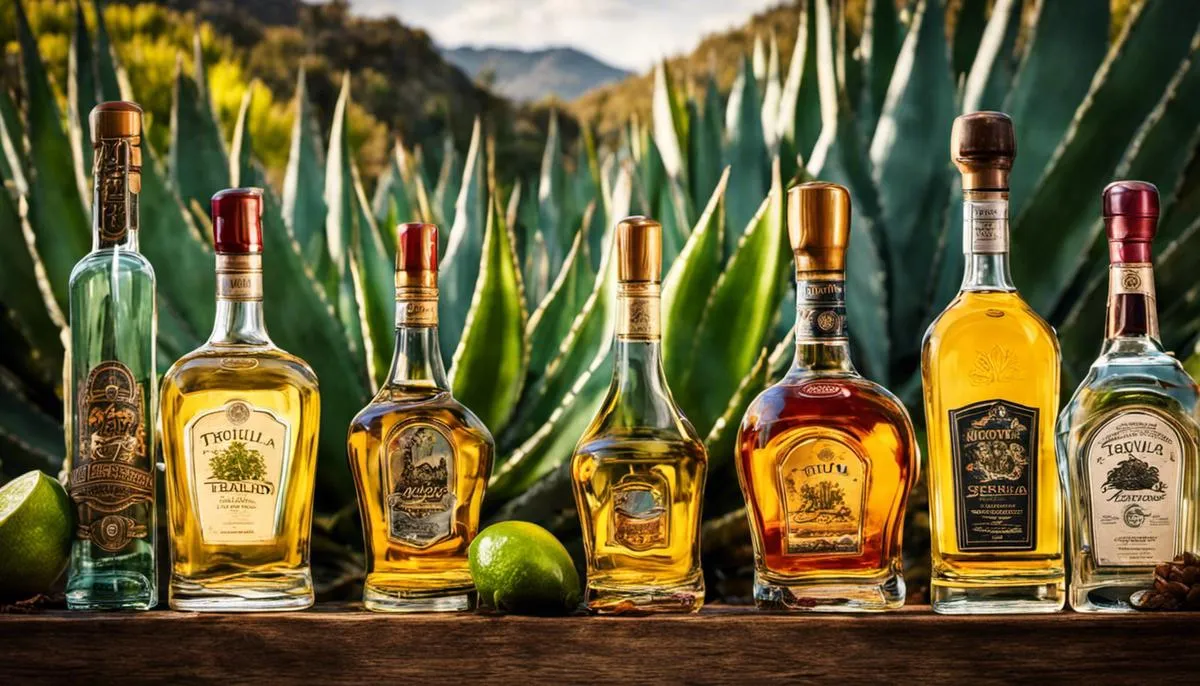
Delving into the realms of past, present, and looking ahead towards the future, one recognizes tequila’s remarkable journey. Just like the strong, adaptable agave from which it is born, tequila has proven its resilience, emerging from its regional confines to capture the imagination of the world. With the backing of prominent brands, strict regulatory standards, and a distinct sense of cultural pride, tequila’s reputation has skyrocketed. The result? A memorable Mexican symbol, a staple at celebrations, and a vital player on the global spirits stage. As the traditional saying goes, ‘Para todo mal, mezcal y para todo bien también’ – ‘For everything bad, mezcal, and for everything good, the same.’ Substitute mezcal with tequila and one pretty much sums up the journey and the influence of this complex, celebrated spirit in a world that’s continuously evolving yet has an undying love for tradition.

